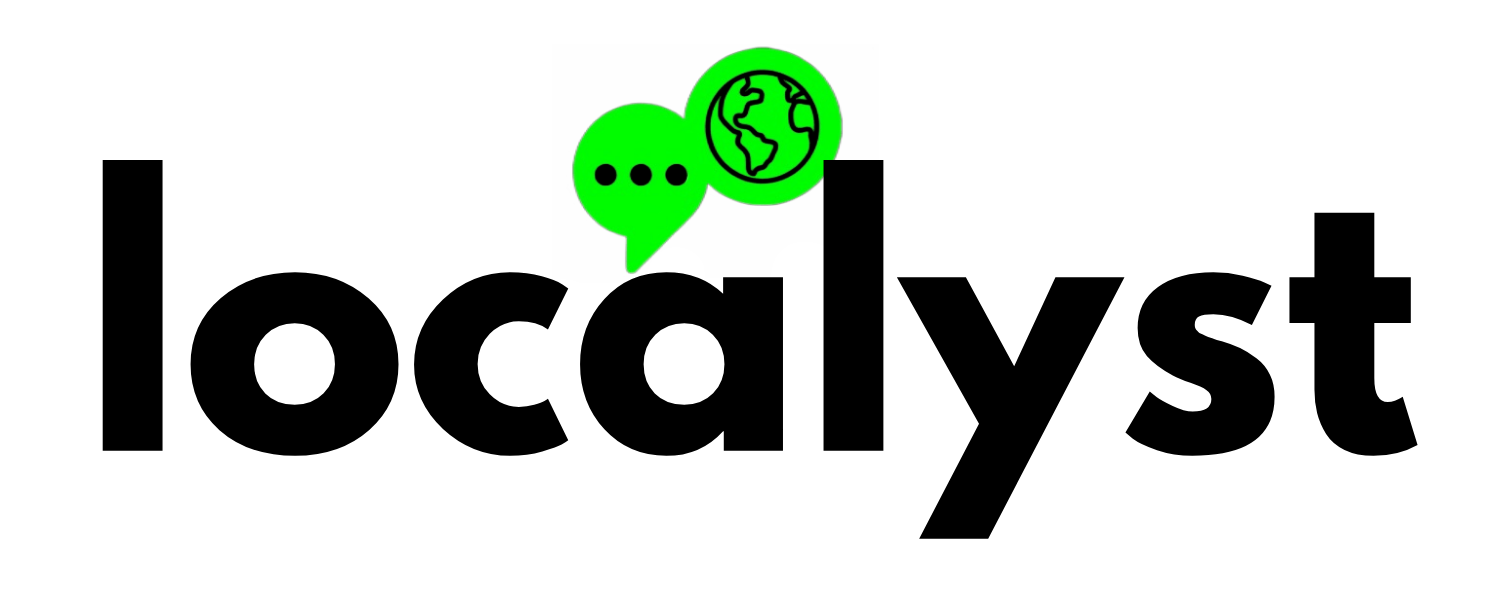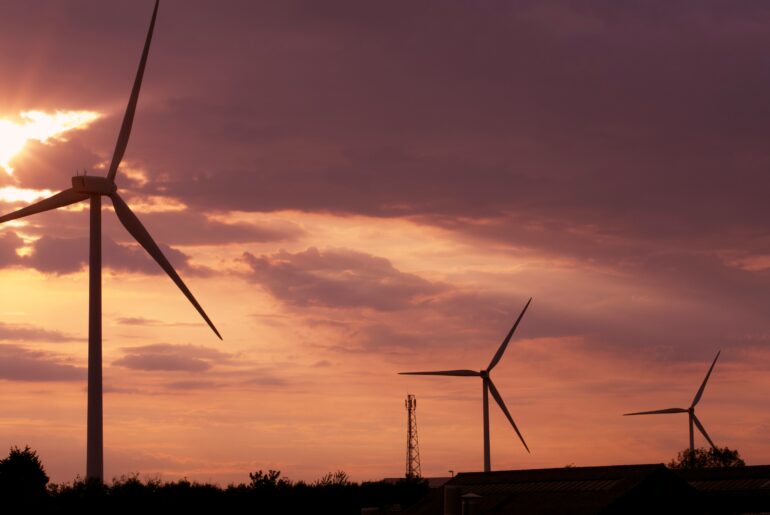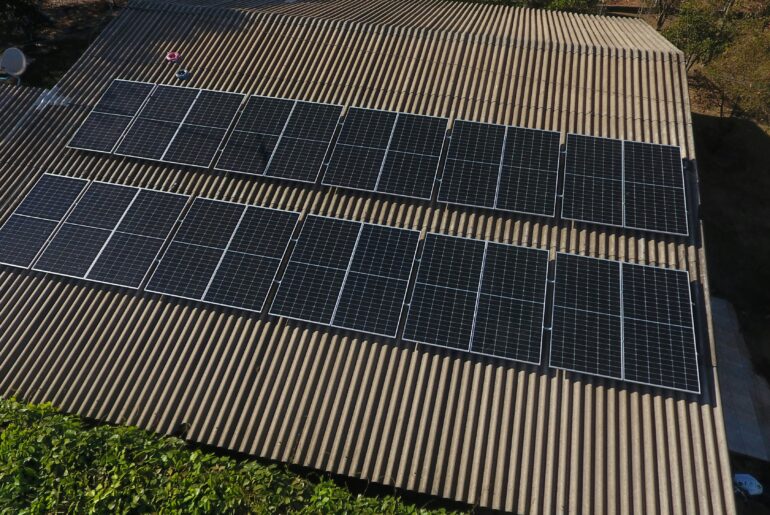Washington, D.C. – The US Department of Agriculture is now accepting applications for $1 billion in grants to help farmers and rural small businesses invest in renewable energy systems and improve energy efficiency. The funding, part of President Biden’s Inflation Reduction Act, aims to encourage rural businesses and farmers to adopt renewable energy and energy-efficient systems through the Rural Energy for American Program (REAP).
Grants are available for up to $1 million for renewable energy and $500,000 for energy-efficiency projects, but recipients must provide matching private investment. The program aims to support rural and underserved communities in their economic recovery. The Department of Agriculture is looking for projects that will help rural communities recover economically, reduce climate pollution, increase resilience to the impacts of climate change, conserve and protect farmland, and invest in underserved communities. The funding will be available until September 30, 2024.
Small towns across America are leading the way in clean energy innovation. While clean energy is often associated with urban centers and big cities, rural communities have shown impressive growth in the per-capita use of renewable energy sources. Despite facing unique challenges, many small towns and regions have made significant progress in the adoption of clean energy.
One notable example of such a community is Greensburg, Kansas. In 2007, a tornado destroyed almost all the buildings in the town, including the power plant. Rather than rebuilding with traditional energy sources, the town opted for something new: a municipal wind farm. The town’s investment in wind energy has become a model for rural cities nationwide.
In Morrow County, Oregon, the first-of-its-kind Wheatridge Renewable Energy Facility uses a unique battery technology to capture and store electricity generated from wind and solar power. The facility generates up to 350 megawatts of clean energy, which can power about 100,000 homes. The new battery technology will help improve reliability and allow the facility to operate even when the sun is not shining or the wind is not blowing.
These small-town success stories aren’t isolated examples. According to clean energy research non-profit Rocky Mountain Institute, rural communities host 99% of onshore wind.
So, why are rural communities leading the way in clean energy innovation? According to experts, one factor is economic opportunity. By investing in renewable energy sources, small towns can foster job growth and economic development.
Another challenge that rural communities face is the high cost of connecting to the grid. In many cases, connecting to the grid is prohibitively expensive. However, this challenge can also serve as a catalyst for innovation. Remote communities are often forced to find creative solutions to meet their energy needs, which can lead to them adopting more sustainable solutions.
The use of clean energy in rural communities has also been shown to have benefits beyond reducing carbon emissions. By utilizing local renewable energy sources, these towns can become more energy independent, reducing their reliance on imported energy. A reduction in imported energy also leads to better energy security and a reduction in price volatility.
By recognizing the power that clean energy has to create jobs, promote economic development, and reduce our environmental impact, rural communities are setting an example for the country as a whole.




